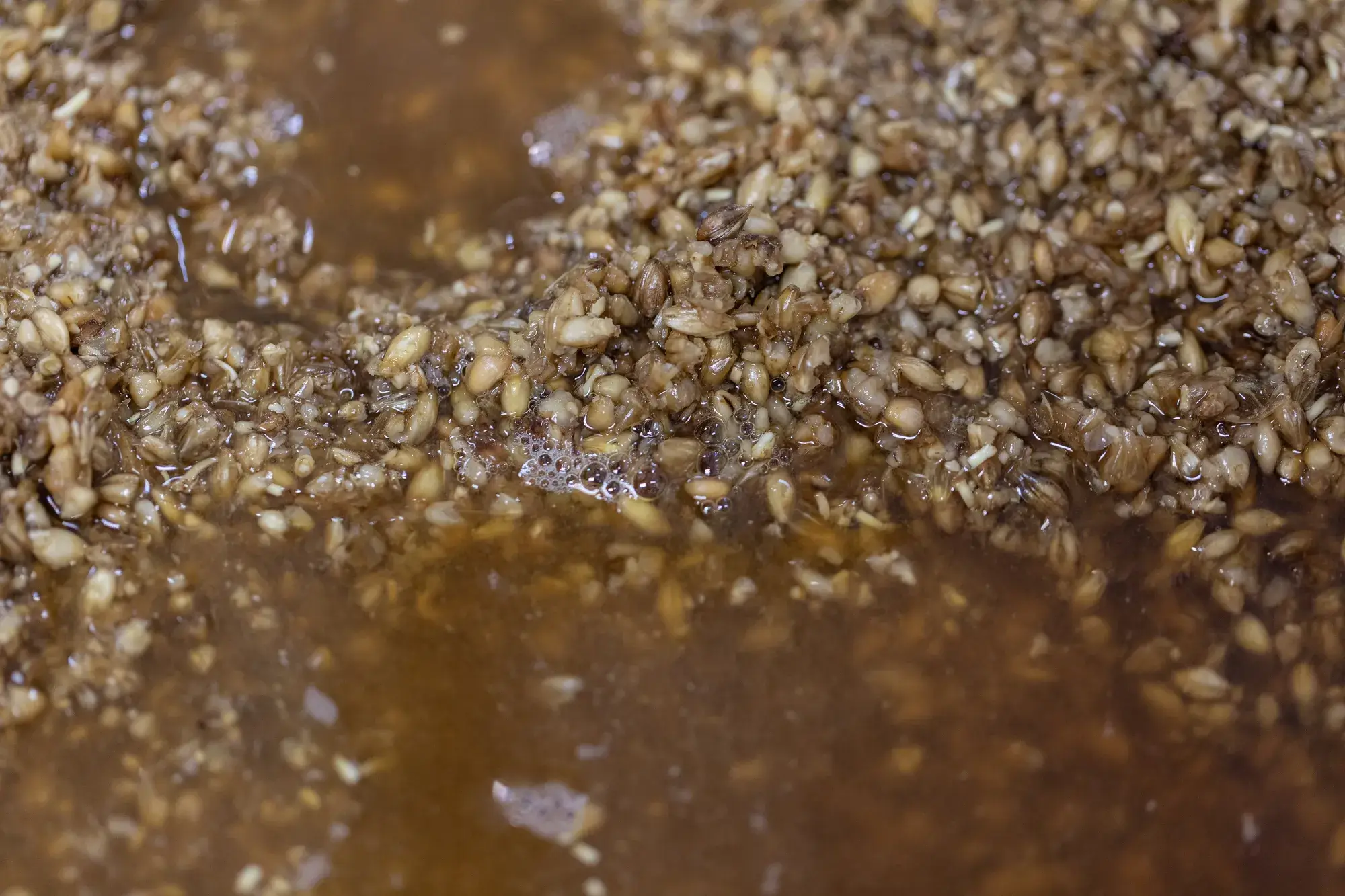In homebrewing, sparging is the process of rinsing the grain bed with hot water. This allows us to extract as much of the sugar content as possible. This process is typically done after the mash which is the initial step where the grains are steeped in hot water to extract the sugars needed for fermentation.
The purpose of sparging is to extract the remaining sugars that were not extracted during the initial mash. By rinsing the grain bed with hot water, you ensure that all of the available sugars are extracted, resulting in a higher efficiency and yield.
What are the advantages?
Sparging is an essential step in the homebrewing process. It involves rinsing the grains with hot water to extract as much sugar as possible from the mash. While some homebrewers may skip this step to save time, it offers a number of advantages that can significantly improve the quality and efficiency of your brew.
By properly rinsing the grist, you can increase your yield. You also can reduce the risk of stuck mash and achieve a clearer and more consistent beer.
ADvertisement
Types of Sparging
There are two main types of sparging: batch sparging and fly sparging. Batch sparging involves adding a set amount of hot water to the mash tun, letting it sit for a period of time, and then draining it off into the kettle. Fly sparging, on the other hand, involves a continuous flow of hot water being added to the mash tun while the wort is being drained off into the kettle.
Batch Sparging
Batch sparging is the easiest and most common method of washing the grist in homebrewing. To batch sparge, you add hot water to the mash tun after draining the initial mash. The amount of water added is usually calculated based on the amount of wort needed for the boil, with a ratio of about 2 liters of water per kilogram of grain.
Next, you stir the grain bed to ensure even distribution of the hot water and let it sit for around 10-15 minutes. After the used water has settled, you will drain it off into the kettle.
Fly Sparging
Fly sparging is a more advanced technique used by experienced homebrewers. To fly sparge, you add hot water to the mash tun at a slow and steady rate, while simultaneously draining off the wort into the kettle. This process is typically done with a sparge arm, which is a device that allows for a slow and steady flow of water.
The flow rate of the water that you use is important, as too fast of a flow can result in a decrease in efficiency, while too slow of a flow can result in the wort becoming too concentrated. The optimal flow rate for fly sparging is about 1 quart per minute.
Conclusion
Sparge is an important step in homebrewing that allows for the extraction of all available sugars from the grain bed. Whether you choose to batch sparge or fly sparge, it’s important to ensure that the water you use is distributed evenly and that the flow rate is optimal to achieve the best efficiency and yield.

